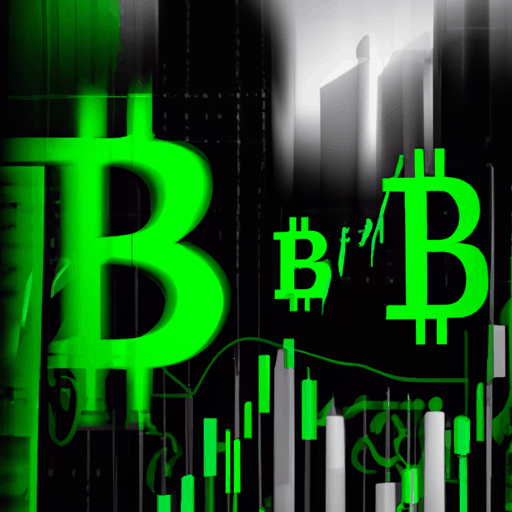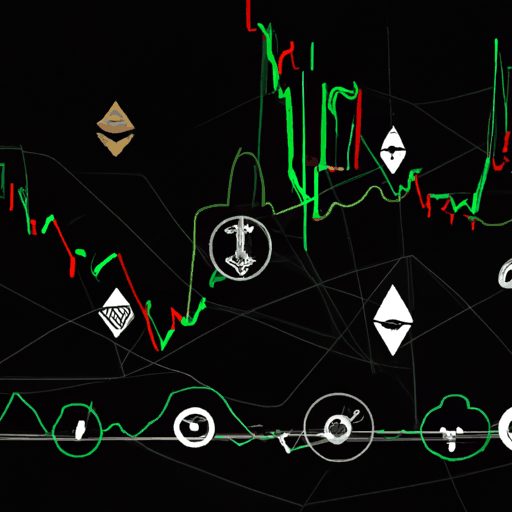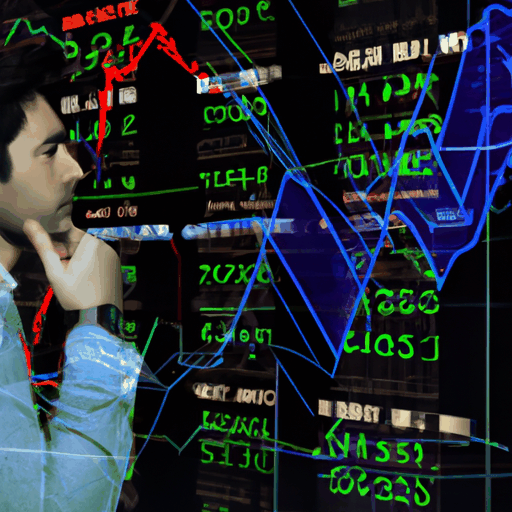
Bitcoin's FIAMO Phase: Behind the Current Market Calm
By: Isha Das
Bitcoin's recent rally to new all-time highs has taken place without the usual investor frenzy, signaling potential for further price growth. Analysts suggest that the subdued trading sentiment and low funding rates, characteristic of the current market, could lead to higher prices. Growing stablecoin supplies and global M2 liquidity also indicate untapped potential, as the market lacks the typical Fear of Missing Out (FOMO) fervor.
This unusual calm, however, introduces a new sentiment: FIAMO, 'Fear I Already Missed Out.' Despite Bitcoin prices surging past $110,000, searches on Google for 'Bitcoin' remain low. This shift in sentiment, FIAMO, suggests that while mainstream interest has waned, institutional players may be driving the rally, as seen by significant inflows to BlackRock's iShares Bitcoin Trust. Retail investors, potentially scarred by the volatility of past years, are either waiting for a more stable buying opportunity or have adopted a cautious approach, driven by memories of market crashes.
Coinbase's trading volumes illustrate this FIAMO trend, with recent figures showing a dramatic drop from their 2021 peaks. Despite the price recovery in 2024 and new all-time highs in 2025, the Q1 retail trade volume has dipped from late 2024 levels. This is partly due to psychological barriers like unit bias, where smaller fractions of Bitcoin seem less appealing despite their actual value. The scars from past events like the collapse of exchanges have further entrenched cautious sentiment among small traders.
Politics has now intertwined with Bitcoin's narrative, adding complexity. President Trump’s endorsement of a Strategic Bitcoin Reserve reflects a major shift in Bitcoin's role from a rebellious asset to a potential state resource in the US. This political co-optation of Bitcoin could affect its appeal, both deterring and attracting different investor bases depending on their political leanings. Regardless, Bitcoin remains a politically neutral asset outside the confines of fiat systems, potentially poised for future growth as market dynamics evolve.



